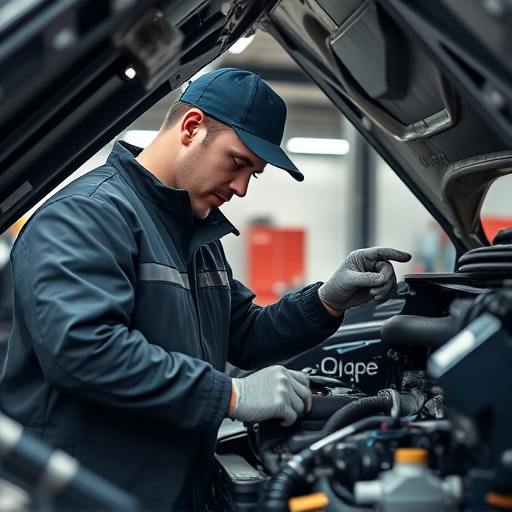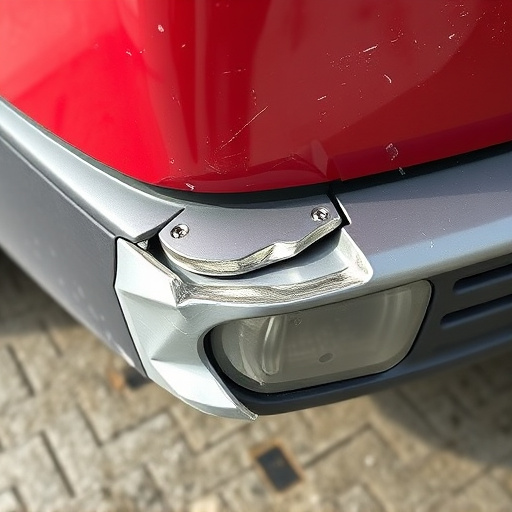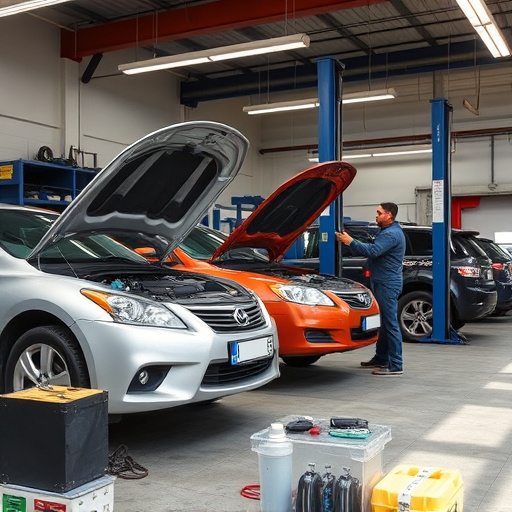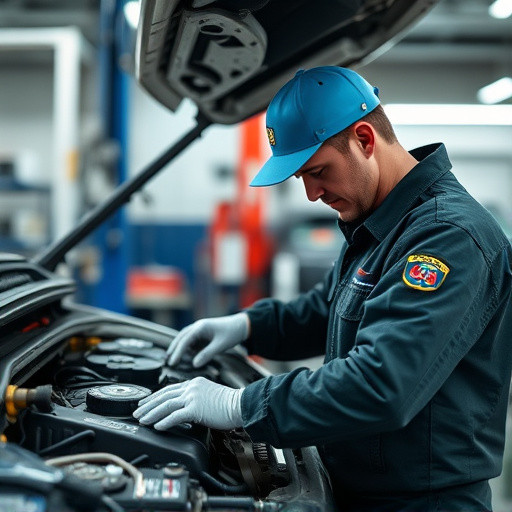Exceptional collision repair customer service relies on clear communication, empathy, and robust problem-solving skills. Trained staff actively listen, ask relevant questions, explain repairs in simple language, acknowledge client concerns, and offer tailored solutions for diverse needs, fostering trust and exceeding expectations.
Training staff for excellence in collision repair customer service is essential for any auto body shop aiming to stand out. By understanding the unique needs of collision repair customers, shops can implement effective communication strategies that build trust and alleviate stress. Fostering empathy and honing problem-solving skills ensures staff members provide personalized, efficient solutions, enhancing customer satisfaction and fostering loyalty in an increasingly competitive market.
- Understanding Collision Repair Customers' Needs
- Developing Effective Communication Strategies
- Fostering Empathy and Problem-Solving Skills
Understanding Collision Repair Customers' Needs

In the dynamic realm of collision repair customer service, understanding client needs is paramount. Collision repair customers often face stressful situations, dealing with unexpected vehicle damage and the hassle of repairs. A key aspect of excellent collision repair customer service involves recognizing that each customer has unique expectations and concerns. By actively listening to and empathizing with clients, staff can foster a sense of trust and assurance, addressing immediate needs related to insurance claims, scheduling, and cost estimates.
Moreover, being attuned to the emotional state of customers is crucial. Many individuals view their vehicles as an extension of their identity, making the repair process a personal one. Staff equipped with strong interpersonal skills can help alleviate anxiety by offering transparent communication about procedures, timelines, and available car repair services like auto painting and bodywork. This proactive approach not only enhances customer satisfaction but also encourages repeat business in a competitive collision center environment.
Developing Effective Communication Strategies

In the realm of collision repair customer service, effective communication is key to fostering a positive and efficient experience for clients. Training staff to anticipate and address customer needs starts with developing clear and concise communication strategies. This involves actively listening to customers, asking relevant questions, and explaining the collision damage repair process in terms they understand. By using simple, non-technical language, auto body repair professionals can ensure clients feel informed and at ease during what could be a stressful time.
Empathy plays a crucial role in these interactions. Staff should be trained to acknowledge customers’ concerns, whether related to car damage repair or the overall experience. Showing genuine care and understanding can significantly enhance customer satisfaction. Additionally, encouraging open dialogue allows staff to gather essential details about the incident, ensuring accurate estimates and timely service for collision damage repair.
Fostering Empathy and Problem-Solving Skills
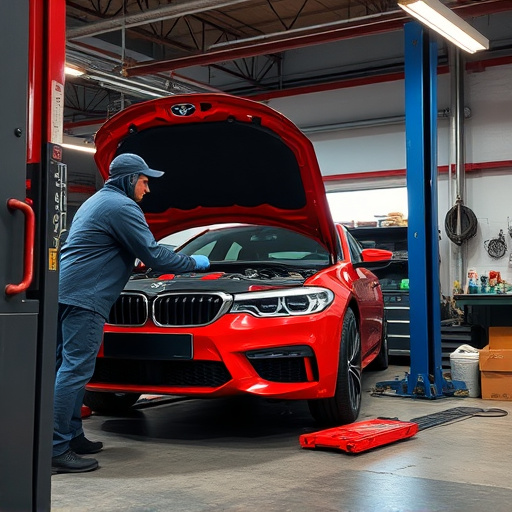
In the realm of collision repair customer service, fostering empathy and robust problem-solving skills is paramount. Training staff to truly understand and relate to customers’ experiences can significantly enhance satisfaction levels. When a client brings in their vehicle, battered from a fender repair or bearing the telltale signs of a scratch repair, they’re not just dealing with a car; it’s often a symbol of their mobility, safety, and personal value. Empathic staff recognize this, communicate openly about the repair process, and offer solutions tailored to each customer’s unique needs—whether it’s expediting repairs for urgent matters or providing detailed explanations for complex procedures in a vehicle body shop.
Developing problem-solving skills equips staff to navigate intricate collision repair scenarios. This involves teaching them to assess damage, consider various repair options (like scratch repair), and offer recommendations that balance quality, cost, and customer preference. By combining empathy with strong problem-solving abilities, staff can ensure every interaction is not just a transaction but an experience that leaves clients feeling valued and satisfied, setting new benchmarks for collision repair customer service.
Training staff in collision repair customer service excellence involves understanding client needs, adopting effective communication strategies, and fostering empathy with problem-solving skills. By implementing these key aspects, businesses can significantly enhance customer satisfaction and loyalty, setting themselves apart in the competitive collision repair industry.

